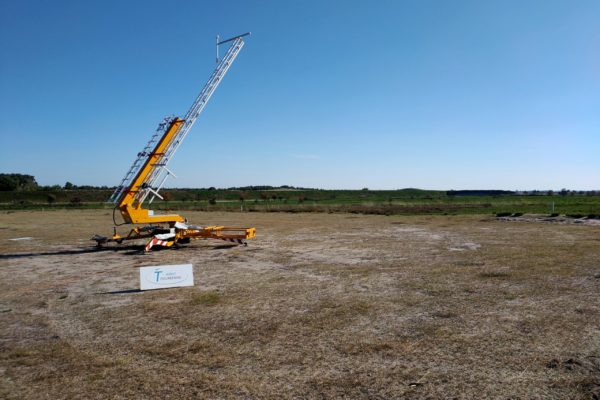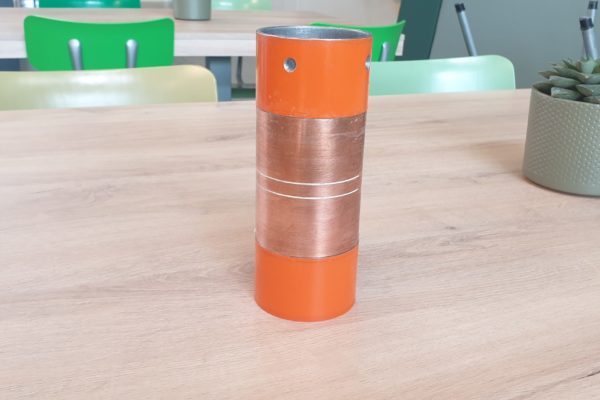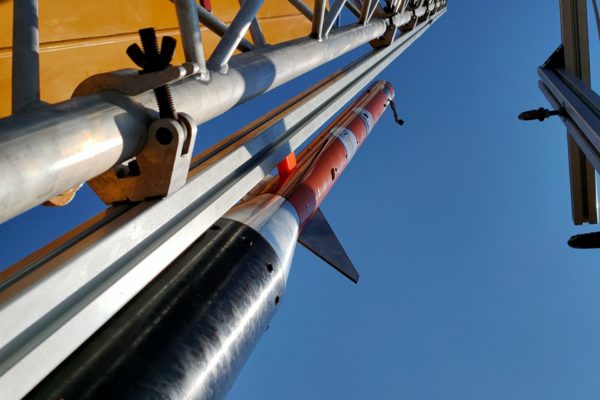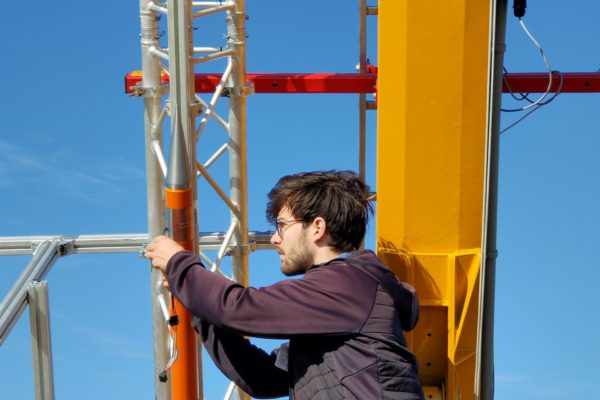The Payload - PR3

Radio-interferometry
The radio-interferometry tracking system has an expected centimetre-scale accuracy, with an update rate of 1 kHz. Three radio antennas are mounted on the outside of the rocket module, transmitting carrier signals at three distinct wavelengths close to 70 cm. These signals are received by several ground stations placed around the Esrange launch site. Each ground station performs multi-antenna phase-difference measurements to constrain signal arrival direction. The phase-difference data is sent over wired and wireless connections to a central server where all data is combined to reconstruct the rocket position. The three independent solutions that can be calculated using the three different signals allow for estimation of the rocket attitude and the accuracy of the system.
EXPERIMENT 2
Cosmic Ray Detection
The cosmic-ray detection will be done by a multi-layer detector built with 2U CubeSat dimensions. The arrival direction of the cosmic-ray particles is characterized by studying the energy deposited in the different detector layers. This experiment provides a unique opportunity to study cosmic rays in the domain between ground-based detectors and space-based detectors. Additionally, it serves as a pathfinder for a future CubeSat project to investigate the correlation between cosmic-rays and atmospheric cloud formation. This experiment is complemented by the radio-interferometry experiment, since the arrival of the cosmic rays can be estimated more accurately using the location and orientation data acquired by the tracking experiment.





